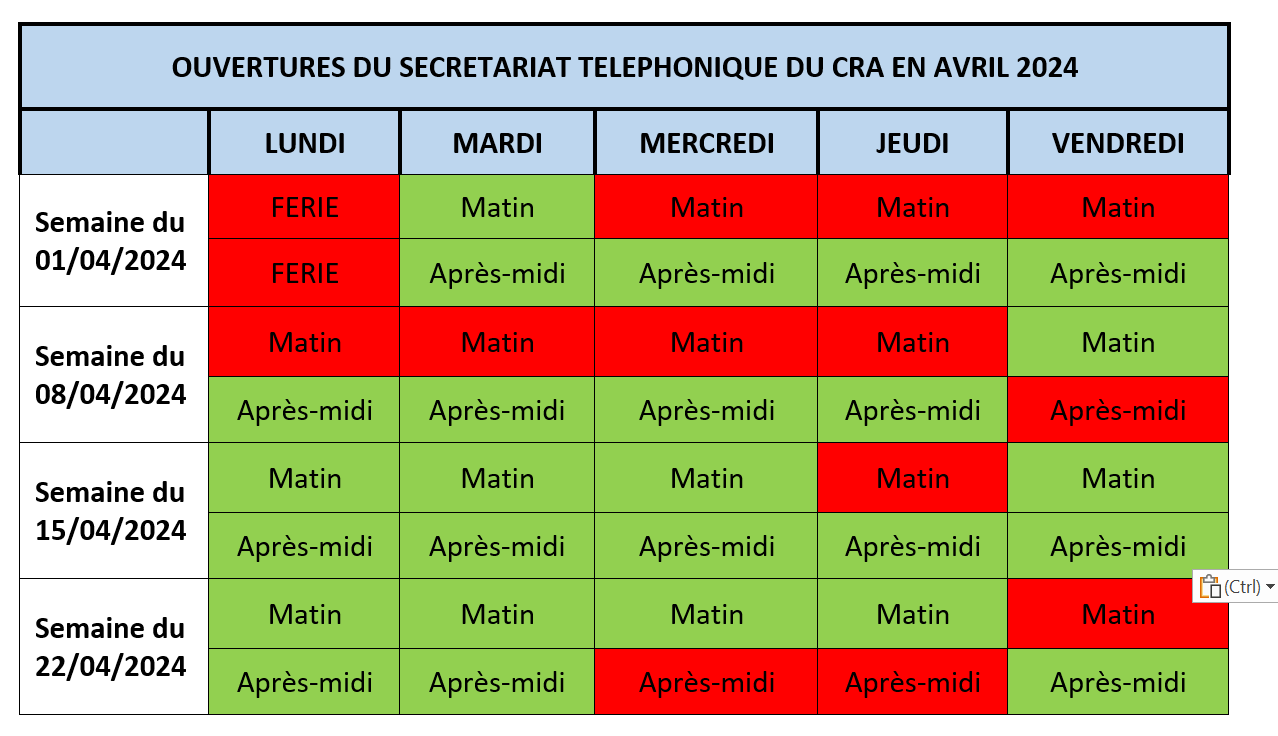1. Gupta SK, Ratnam BV. {{Cerebral Perfusion Abnormalities in Children with Autism and Mental Retardation A Segmental Quantitative SPECT Study}}. {Indian Pediatr};2009 (Feb);46(2):161-164.
Autism is a severe developmental disorder, the biological mechanisms of which remain unknown. Hence we conducted this study to assess the cerebral perfusion in 10 children with autism and mental retardation. Five age matched normal children served as controls. These cases were evaluated by single photon emission computed tomography (SPECT) using Tc-99m HMPAO, followed by segmental quantitative evaluation. Generalized hypoperfusion of brain was observed in all 10 cases as compared to controls. Frontal and prefrontal regions revealed maximum hypoperfusion. Subcortical areas also indicated hypoperfusion. We conclude that children with autism have varying levels of perfusion abnormities in brain causing neurophysiologic dysfunction that presents with cognitive and neuropsychological defects.
2. Kumar RA, Marshall CR, Badner JA, Babatz TD, Mukamel Z, Aldinger KA, Sudi J, Brune CW, Goh G, Karamohamed S, Sutcliffe JS, Cook EH, Geschwind DH, Dobyns WB, Scherer SW, Christian SL. {{Association and mutation analyses of 16p11.2 autism candidate genes}}. {PLoS ONE};2009;4(2):e4582.
BACKGROUND: Autism is a complex childhood neurodevelopmental disorder with a strong genetic basis. Microdeletion or duplication of a approximately 500-700-kb genomic rearrangement on 16p11.2 that contains 24 genes represents the second most frequent chromosomal disorder associated with autism. The role of common and rare 16p11.2 sequence variants in autism etiology is unknown. METHODOLOGY/PRINCIPAL FINDINGS: To identify common 16p11.2 variants with a potential role in autism, we performed association studies using existing data generated from three microarray platforms: Affymetrix 5.0 (777 families), Illumina 550 K (943 families), and Affymetrix 500 K (60 families). No common variants were identified that were significantly associated with autism. To look for rare variants, we performed resequencing of coding and promoter regions for eight candidate genes selected based on their known expression patterns and functions. In total, we identified 26 novel variants in autism: 13 exonic (nine non-synonymous, three synonymous, and one untranslated region) and 13 promoter variants. We found a significant association between autism and a coding variant in the seizure-related gene SEZ6L2 (12/1106 autism vs. 3/1161 controls; p = 0.018). Sez6l2 expression in mouse embryos was restricted to the spinal cord and brain. SEZ6L2 expression in human fetal brain was highest in post-mitotic cortical layers, hippocampus, amygdala, and thalamus. Association analysis of SEZ6L2 in an independent sample set failed to replicate our initial findings. CONCLUSIONS/SIGNIFICANCE: We have identified sequence variation in at least one candidate gene in 16p11.2 that may represent a novel genetic risk factor for autism. However, further studies are required to substantiate these preliminary findings.
3. Radyushkin K, Hammerschmidt K, Boretius S, Varoqueaux F, El-Kordi A, Ronnenberg A, Winter D, Frahm J, Fischer J, Brose N, Ehrenreich H. {{Neuroligin-3 deficient mice: Model of a monogenic heritable form of autism with an olfactory deficit}}. {Genes Brain Behav};2009 (Feb 11)
Autism spectrum disorder (ASD) is a frequent neurodevelopmental disorder characterized by variable clinical severity. Core symptoms are qualitatively impaired communication and social behavior, highly restricted interests, and repetitive behaviors. Although recent work on genetic mutations in ASD has shed light on the pathophysiology of the disease, classifying it essentially as a synaptopathy, no treatments are available to date. To develop and test novel ASD treatment approaches, validated and informative animal models are required. Of particular interest in this context are loss-of-function mutations in the postsynaptic cell adhesion protein Neuroligin-4 (NL-4) and point mutations in its homologue Neuroligin-3 (NL-3) that were found to cause certain forms of monogenic heritable ASD in humans. Here we show that NL-3 deficient mice display a behavioral phenotype reminiscent of the lead symptoms of ASD: Reduced ultrasound vocalisation, and a lack of social novelty preference. The latter may be related to an olfactory deficiency observed in the NL-3 mutants. Interestingly, such olfactory phenotype is also present in a subgroup of human ASD patients. Tests for learning and memory revealed no gross abnormalities in NL-3 mutants. Also, no alterations were found in time spent in social interaction, pre-pulse inhibition, seizure propensity, and sucrose preference. As often seen in adult ASD patients, total brain volume of NL-3 mutant mice was slightly reduced as assessed by MRI. Our findings show that the NL-3 knock-out mouse represents a useful animal model for understanding pathophysiological events in monogenic heritable ASD, and for developing novel treatment strategies in this devastating human disorder.
4. Webb SJ, Sparks BF, Friedman SD, Shaw DW, Giedd J, Dawson G, Dager SR. {{Cerebellar vermal volumes and behavioral correlates in children with autism spectrum disorder}}. {Psychiatry Res};2009 (Feb 24)
Cerebellar histopathological abnormalities have been well documented in autism, although findings of structural differences, as determined by magnetic resonance imaging, have been less consistent. This report explores specific cerebellar vermal structures and their relation with severity of symptoms and cognitive functioning in young children with autism spectrum disorder (ASD). Children with ASD aged 3 to 4 years were compared with typically developing children (TD) matched to the ASD children on chronological age, and children with developmental delay (DD) matched to the ASD children on both chronological and mental age. Volumes of the cerebellum and midsagittal vermal areas were measured from 3-D T1-weighted magnetic resonance images. Children with ASD had reduced total vermis volumes compared with children with TD after controlling for age, sex, and overall cerebral volume or cerebellum volume. In particular, the vermis lobe VI-VII area was reduced in children ASD compared with TD children. Children with DD had smaller total vermis areas compared with children with ASD and TD. Within the ASD group, cerebellar measurements were not correlated with symptom severity, or verbal, non-verbal or full scale IQ. Within the DD group, larger cerebellar measurements were correlated with fewer impairments. The specific relation between altered cerebellar structure and symptom expression in autism remains unclear.


